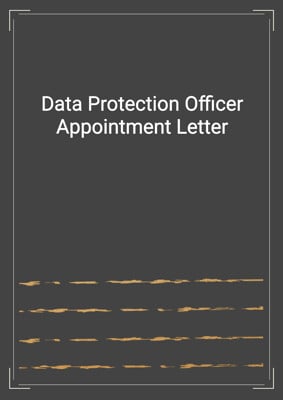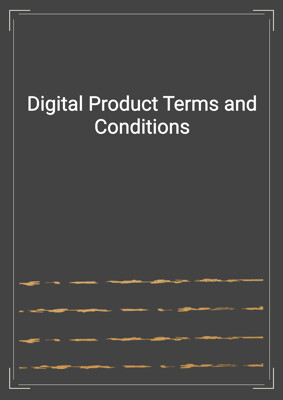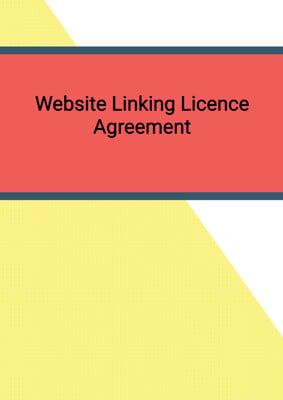How to Tailor the Document for Your Need?
01
Create Document
Fill in the details of the parties. You can click the "Fill with Member’s Information" button to complete it with information saved to your account.
02
Fill Information
Please fill in any additional information by following the step-by-step guide on the left hand side of the preview document and click the "Next" button.
03
Get Document
When you are done, click the "Get Document" button and you can download the document in Word or PDF format.
04
Review Document
Please get all parties to review the document carefully and make any final modifications to ensure that the details are correct before signing the document.
Document Preview
Document Description
An Advertising Agreement is a contract between a client (such as a business or brand) and an agency, detailing the terms, rights, and obligations associated with advertising and brand development services. This agreement outlines the scope of services, payment terms, intellectual property rights, and other essential components of the business relationship, ensuring clarity and protection for both parties.
Key features of an Advertising Agreement include:
-
Scope of Services: This section defines the services the agency will provide, including branding, marketing, consulting, creative development, digital marketing, and advertising services. The agreement often specifies deliverables such as copy, layouts, artwork, slogans, and photography, aligning the client’s expectations with the agency’s responsibilities.
-
Timeline and Deadlines: The agreement includes a schedule for submissions and approvals, ensuring the timely delivery of materials. Both parties agree on deadlines to ensure the project moves forward smoothly.
-
Ownership and Intellectual Property: An essential aspect of the agreement, this clause clarifies who owns the rights to the materials produced. Typically, materials created by the agency for the client become the client’s property once payment is completed, guaranteeing the client has full usage rights for the finalized work.
-
Third-Party Licenses: If the agency incorporates third-party content (such as stock images or licensed software), this clause addresses any license limitations, confirming that the client will adhere to third-party usage terms without acquiring ownership over such materials.
-
Revisions and Rejections: To maintain flexibility, the agreement allows the client to review, modify, or reject materials, safeguarding their brand integrity.
-
Payment Terms: Clearly defined payment schedules, rates, and methods help prevent misunderstandings, detailing when and how the agency will be compensated for their work.
By formalizing these elements, an Advertising Agreement creates a clear, enforceable framework for successful collaboration, reducing the risk of conflicts and ensuring both parties can meet their goals effectively.
How to use this document?
-
Fill in Basic Information:
- Replace the generic terms with specific details such as the date of the agreement, the names of the parties, and their respective business addresses.
-
Define the Services:
- Clearly describe the services requirements in Schedule A
-
Set the Completion Date (if applicable):
- If the services have a specific deadline, include the completion date in the relevant section. If not, this section can be adjusted or removed as needed.
-
Specify Payment Terms:
- Enter the agreed-upon fee in the "Service Fees" section, and specify the payment schedule. Define any expense limits and include details on how expenses will be managed.
-
Review and Finalize:
- Carefully review the entire document to ensure all sections accurately reflect the agreed-upon terms. Once satisfied, both parties should sign and date the agreement to make it legally binding.
Not the right document?
Don’t worry, we have thousands of documents for you to choose from:


































